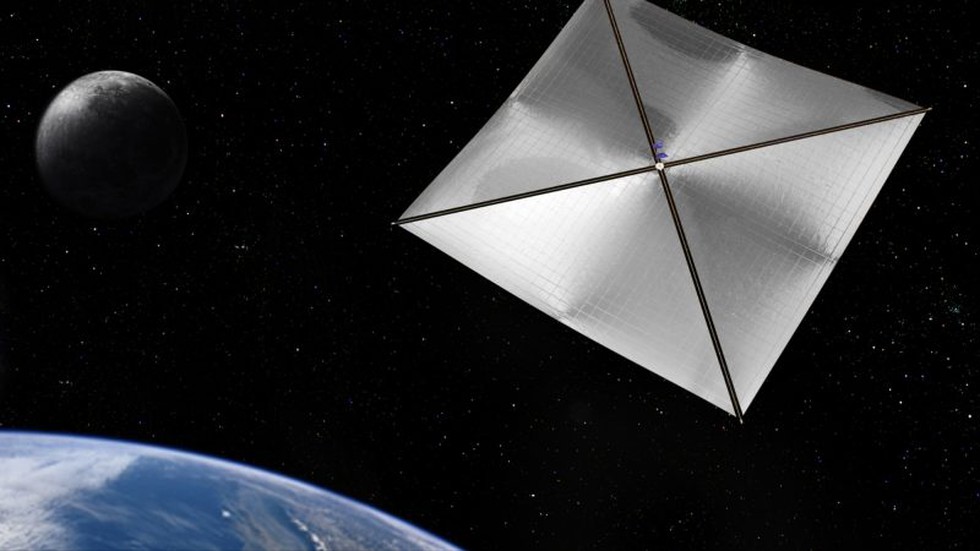NASA launched its Advanced Composite Solar Sail System spacecraft from New Zealand at 3:30 a.m. IST. The spacecraft rode atop Rocket Lab’s Electron rocket. Utilize sunlight for propulsion and orbit 1,000 kilometers above Earth.
Spacecraft Specifications:
- Size: The solar-charged craft boasts an impressive 80-square-meter measurement post-deployment.
- Deployment Time: Deployment occurs approximately 25 minutes after liftoff.
- Core Component: The heart of the spacecraft is an oven-sized CubeSat.
Mission Phases:
- Primary Phase: Scheduled for two months.
- Focus: Testing the system’s performance.
- Outcome: Eventual descent following the primary phase of operation.
- Post-Deployment Testing:
- Procedure: Perform a series of pointing movements to demonstrate orbit raising and lowering with sunlight.
- Visibility: If perfectly oriented, the spacecraft will be visible as the brightest star in the night sky.
Significance of the Mission:
- Cost Efficiency: Lessens dependency on heavy propulsion systems, enabling lower-cost missions of longer duration.
- Solar Sail Technology: Utilizes sunlight as propulsion, offering an infinite supply of “fuel.”
- Quote: Alan Rhodes, the mission’s lead systems engineer at NASA’s Ames Research Center, stated, “Instead of launching gigantic fuel tanks for future missions, we may deploy larger sails that utilize ‘fuel’ that is already available.”
Multiple Choice Questions (MCQs):
- When was NASA’s Advanced Composite Solar Sail System spacecraft launched?
- A) 3:30 p.m. IST
- B) 3:30 a.m. IST
- C) 3:00 p.m. IST
- D) 3:00 a.m. IST
- Answer: B) 3:30 a.m. IST
- What is the purpose of the Advanced Composite Solar Sail System spacecraft?
- A) To explore Mars
- B) To utilize sunlight for propulsion
- C) To study distant galaxies
- D) To monitor Earth’s climate
- Answer: B) To utilize sunlight for propulsion
- How large is the solar-charged craft post-deployment?
- A) 50 square meters
- B) 100 square meters
- C) 80 square meters
- D) 200 square meters
- Answer: C) 80 square meters
- What is the core component of the spacecraft?
- A) A solar panel
- B) A propulsion engine
- C) An oven-sized CubeSat
- D) A communication antenna
- Answer: C) An oven-sized CubeSat
- What is the primary focus of the mission’s initial phase?
- A) Testing the system’s performance
- B) Establishing communication with Earth
- C) Collecting data on space debris
- D) Monitoring solar flares
- Answer: A) Testing the system’s performance
